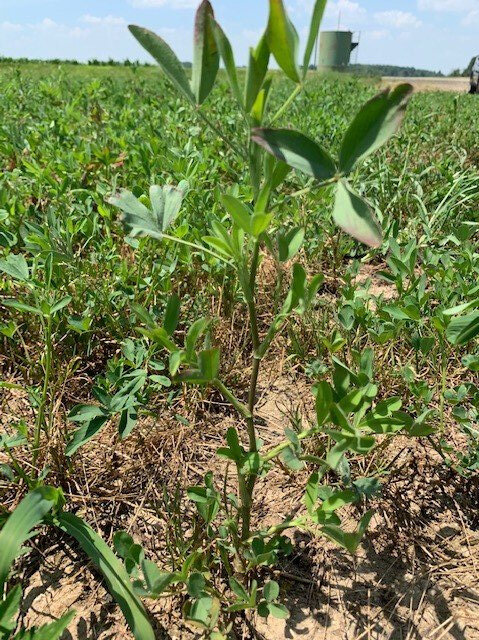A recent article in No-Till Farmer by Don Baune, Co-Founder of GO SEED, explained some of the many benefits of utilizing Frosty Berseem Clover to improve a struggling or older stand of alfalfa. Below is a summary of the benefits. If you'd like to read the whole article, you can find it here.
Berseem clover:
can improve the quality of an alfalfa stand
can improve the yield of an alfalfa stand
is not affected by autotoxicity issues that are common when trying to interseed alfalfa into alfalfa
can potentially be fall-seeded, depending on your location and climate - it may overwinter
may work well in a frost seeding situation
Management alterations:
Although alfalfa stores its energy in its root system, berseem clover stores its energy in the base of the plant. So you will want to be careful not to cut too low, usually at about 3 or 4 inches. So this is something to watch out for.
Also, berseem seems to dry down a little slower. So be aware of that as you begin your harvest.
If you'd like to try some Frosty Berseem Clover this year, please reach out to your local CISCO Seeds dealer to get some ordered. If you're not sure where to purchase, you can reach out to us here.
Some quick facts on Frosty Berseem Clover:
can be used for grazing, hay, silage, or cover crop
looks a lot like alfalfa; you may have trouble telling them apart
is a non-bloating legume
is usually ready to be cut in 60 days
has exceptional cold tolerance; is able to withstand 5 degrees F with no snow cover
is a great forage companion crop with alfalfa



